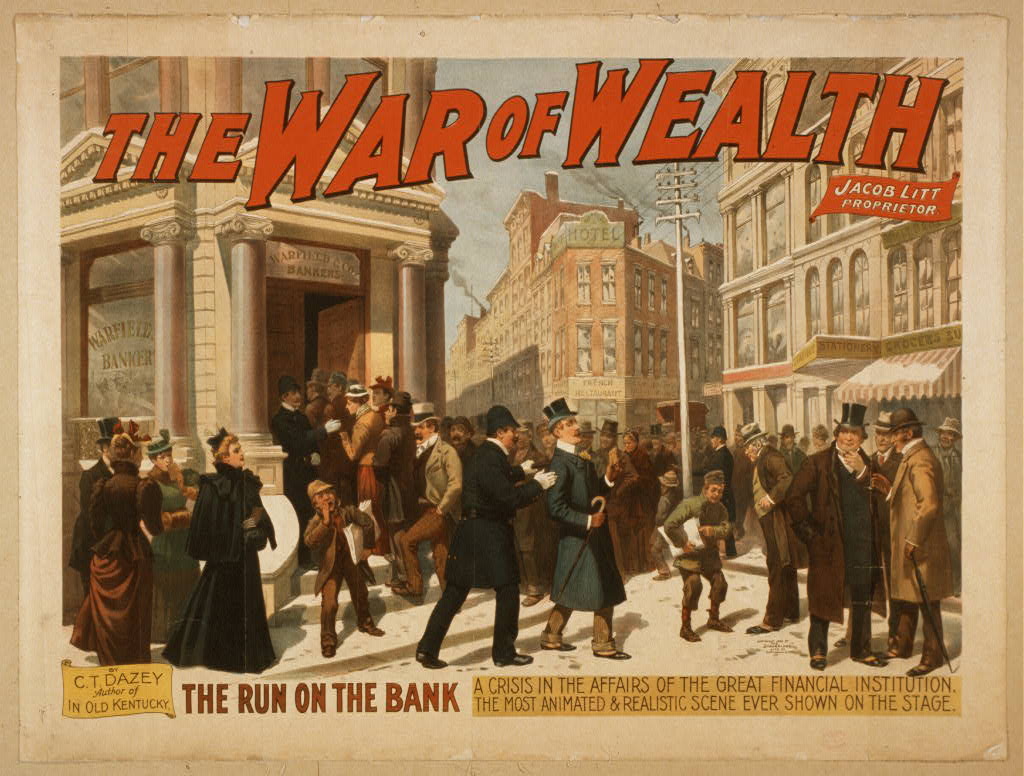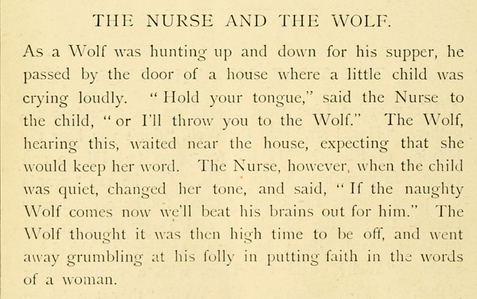This literacy activity is intended to help boost reading comprehension and is called Sentence, Phrase, Word. It can be adapted to be used with any piece of text, including a poem, lyrics, news article, short story, graphic novel or comic, or section from a novel. The only real limits is that the students will have to have the time to read the entire section in class or as a homework assignment.
I chose a Women’s Suffrage poem entitled, “Let Her Come,” originally published between 1897 and 1911 in the New York Times. Now it lives at the Library of Congress in the Miller NAWSA Suffrage Scrapbooks, 1897-1911 collection. This poem is a bit complex, so I recommend it be used for Middle to High School students.
 Sentence, Phrase, Word Instructions:
Sentence, Phrase, Word Instructions:
- Read the poem.
- Identify a sentence that made you think.
- Locate a phrase that moved, engaged, or provoked you.
- Find a word that captured your attention.
- Discuss your selections with a peer or your table group.
Poems are great for this activity because it allows you to introduce elements of poetry to students, including meter, rhyme scheme, word sounds, metaphors, etc., as well as reading comprehension and understanding of the overall theme.
How students engage
As students begin to pick apart and read the poem for a sentence that made them think, they will have to explain in their own words why the sentence made them think critically.
Locating a phrase that moved, engaged, or provoked them will encourage them to find ways to relate the text to their own lives.
Finding a single word that captured their attention will help students recognize the importance of a singular word, which can be especially enlightening for poems.
There isn’t necessarily any wrong answers here, but rather, this reading comprehension strategy is meant to be assessed in terms of the students ability to back their assertions up with evidence as they learn a snapshot technique for close reading.
What a great way to teach literacy and learn about history at the same time!


 Sentence, Phrase, Word Instructions:
Sentence, Phrase, Word Instructions:


